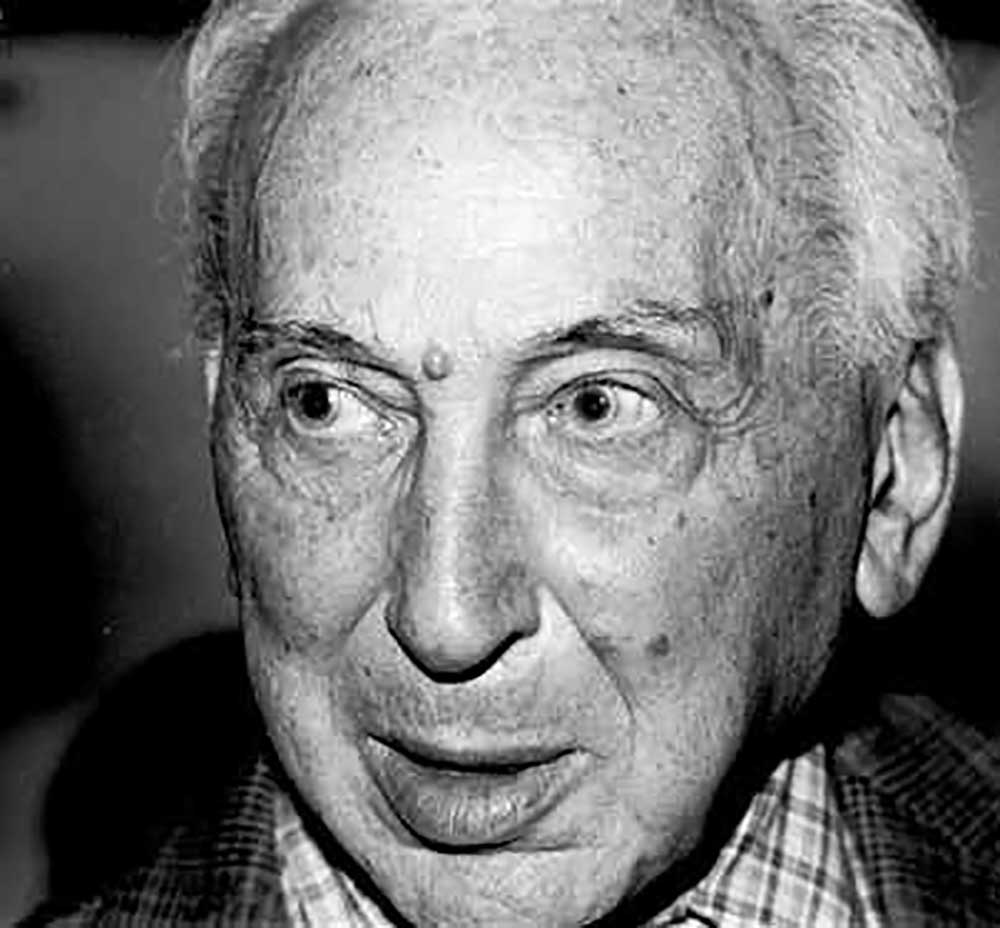Andre Kertesz was a silent but important influence on photojournalism and the art of photography. For more than seventy years, his subtle and penetrating vision helped define a medium that was in his childhood. Although he spent most of his life in the United States, his European modernist sensibility is what made him a legend.
A lifetime dedicated to photography of which he always considered himself an amateur. He was born as Andor Kertész in Budapest on July 2, 1894. His first steps to photography are attributed to some manuals he found in the attic of his house while still a young man. However, his parents did not want him to devote himself to photography, so he was pressured to study commerce, which led him to work on the Budapest stock exchange.

Although he did not enjoy his job, it allowed him to buy his first camera at age 18, an ICA box. In his leisure time, he began to photograph landscapes and neighbors, using as inspiration the magazines that came to his house. A short time later, in 1914, he enlisted in the army after the outbreak of the First World War.
“I am an amateur and intend to remain one my whole life long. I attribute to photography the task of recording the real nature of things, their interior, their life.”
Despite the harsh circumstances involved in the war, he did not abandon photography. He portrayed everything he saw, from the daily life of the soldiers to the moments in the trenches, but most of those images were lost in the Hungarian revolution of 1919.
He was seriously injured, so he leaves the front and returns home. In 1917, during his recovery, he took one of his best-known photographs: Underwater Swimmers. After this photograph, he began to be interested in photographing bodies covered by luminous reflections and distorted images, beginning what would be his photographic style. He is also known for how he captured the instants at the right moments and times.
His father died at the end of the War, so he had to take several occupations, but always insisting that he wanted to devote himself to photography, even when he was frowned upon in his family environment. He felt that Hungary no longer corresponded to him, and convinced of the most encouraging news coming from France, he decided to go to Paris in 1925.
He makes his way in the Montparnasse neighborhood where he meets different colleagues like Germaine Krull, Robert Capa and Ergy Landau, just to name a few. He also mixed with different artists and writers, and began photographing his friends, artist studios and street scenes. André interpreted photography as a diary, where he described the life around him.
“My photography is a visual diary…It is very much a tool, to express and describe my life, the same way poets or writers describe their life experiences.”
Gradually, he was receiving the admiration of people. As of 1928, he began working for French and German magazines from which he received multiple commissions. He married in 1933 with Elizabeth Sali, who also served as a model in his photographs.
In 1936, he left Paris and moved to New York, as he received a commission to do a job that would give him an income of $4,000 a year. He was not as mentioned in the United States as in Europe, but with the arrival of World War II it became impossible for him to return to Paris, as he was of Jewish origin. All the negatives he had left in the care of a friend disappeared.
The decade from 1937 to 1947 represented his darkest years. His work no longer had the same influence, nor was it valued as it deserved; he was no longer included in galleries, compilations or publications. In the United States, due to his Hungarian origin he had no job. Times of shortage, illness and economic difficulties.
He had to reinvent himself in order to move on, since his European artistic attributes were worth little to the Americans. It was thanks to this that he made all kinds of photographs, making him one of the greatest references in imagery at present times.
He was rejected by Life magazine three times in a row because of the simple fact that “his photographs talked too much” and made the written words to be redundant. In 1947 his luck changed, and he signed a contract with House and Garden in which he would travel around the United States photographing opulent houses. That contract would be for $10,000 annually and it got extended for 14 years, until 1961.
In 1964, being 70 years old, thanks to John Szarkowsky (MoMA Director of Photography) he opened his first exhibition at the Museum of Modern Art in New York and began to have international recognition.
In this last stage, Kertesz was already a participant in many important exhibitions, from individual exhibitions in places like the Finnish Museum of Photography or The Photographer’s Gallery in London.
He died at home while sleeping on September 28, 1985, fully convinced that his work did not receive the recognition it deserved, as he once melancholy said “it is absolutely too late” [for the honors].






